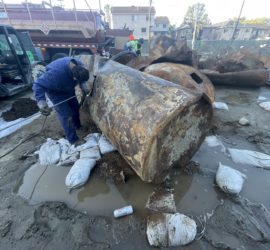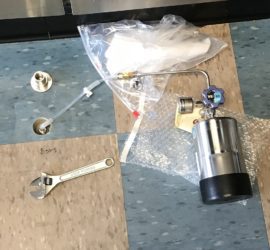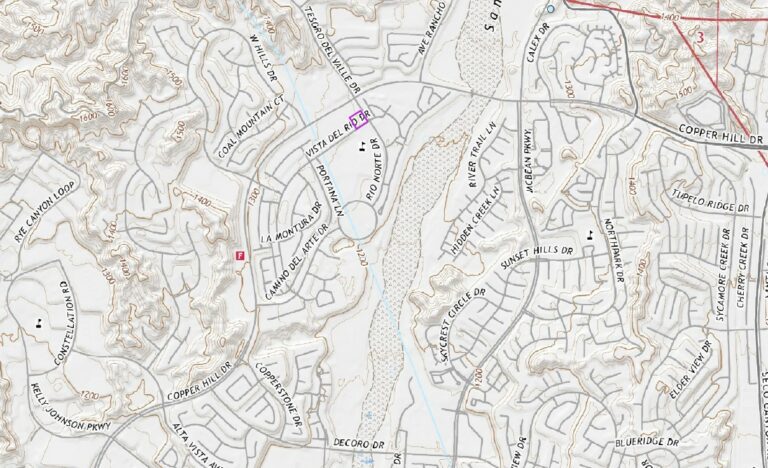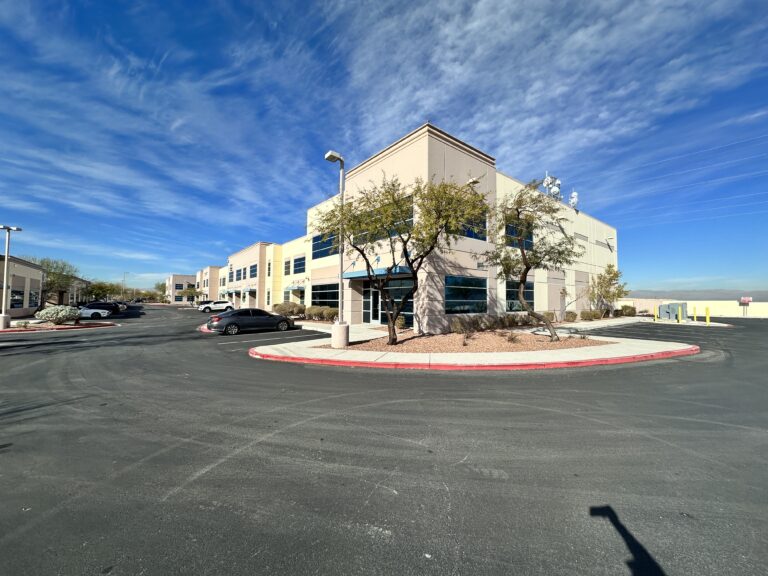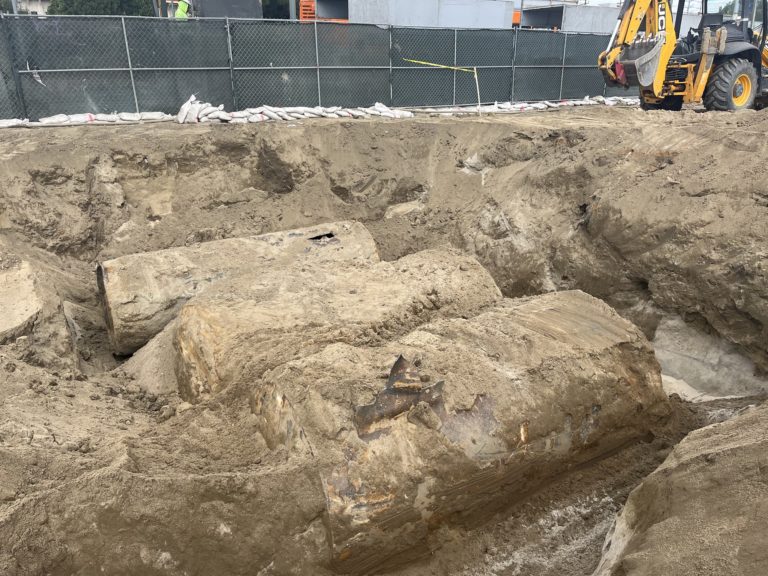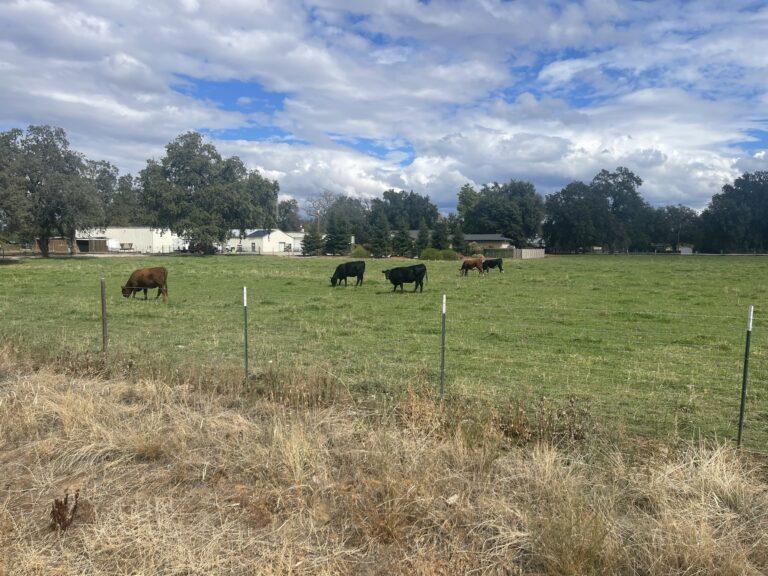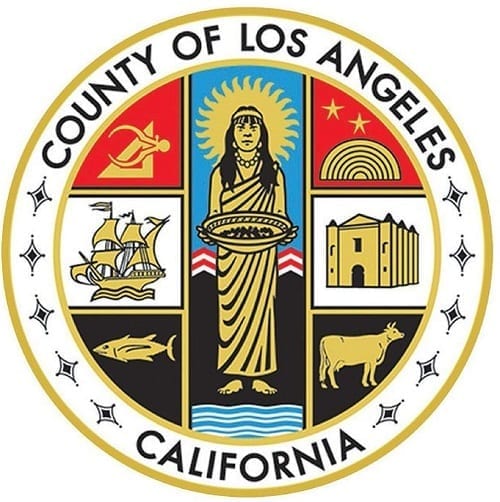Dry Cleaner Soil Contamination
Dry cleaner soil contamination issues are no mystery to commercial property owners and investors. Even when landlords trust their dry cleaning tenants to run a clean shop, the process remains stressful. For instance, soil contamination cleanup can cost hundreds of thousands of dollars. Additionally, time and development opportunities may be impacted. The requirement for cleanup may depend on the results of a Phase 2 Subsurface Investigation. May 28, 2024.
Dry Cleaner Soil Contamination – How it Happens
Most modern dry cleaners have upgraded equipment with leak-prevention systems and environmentally friendly solvents. Various types of dry cleaning solvents have been used since the early 1900s. However, the most commonly used is tetrachloroethylene or “PCE.” Additionally, older machines are known to lack secondary containment. Consequently, older dry cleaning facilities tend to have a higher potential for contamination. Moreover, additional potential sources of dry cleaner soil contamination exist within sewer and drainage systems. In the same way, hazardous waste storage areas tend to be a hot spot.
Dry Cleaner Soil Contamination Testing
Typically, today’s standard for due diligence starts with a Phase I Environmental Site Assessment. However, due to the known issues with dry cleaner soil contamination, Clients often request a Phase II Subsurface Investigation when there is a known cleaner onsite. Sometimes, a commercial property owner may find it in their best interest to independently conduct a series of limited subsurface investigations. For example, a sub-slab soil gas test, shallow soil sampling, etc. This could occur prior to a Phase II Subsurface Investigation. By taking smaller steps in the form of limited subsurface investigations, landowners can use limited results as a decision-making tool.
Environmental Due Diligence
The goal of limited environmental due diligence tests is to obtain a particular set of data that is: (1) Not certain enough to verify actual contamination on-site; (2) Not significant enough evidence to warrant a reporting obligation to environmental agencies; and (3) Provide -at the same time- reliable enough information for use by the landowner towards better judgment.
Although dry cleaner soil tests can provide some insight, they do not qualify as an official Dry Cleaner Phase II ESA. To meet the ASTM standards for the Phase II Environmental Site Assessment and satisfy major lending entities, a full-scope dry cleaner Phase II ESA will be required.
The Remediation Process
If soil and groundwater contamination becomes apparent after a Dry Cleaner Phase II ESA, landowners may find that their best option would be to begin remediation and restore their property value over time. The geologists and engineers at Geo Forward are knowledgeable of all modern methods of dry cleaner remediation. The remediation process can vary from site to site, and become complicated over time. In most cases, remedial efforts at contaminated dry cleaning facilities include soil vapor extraction, groundwater pumping and treating, and controlled chemical injection to accelerate the degradation of contaminants.


